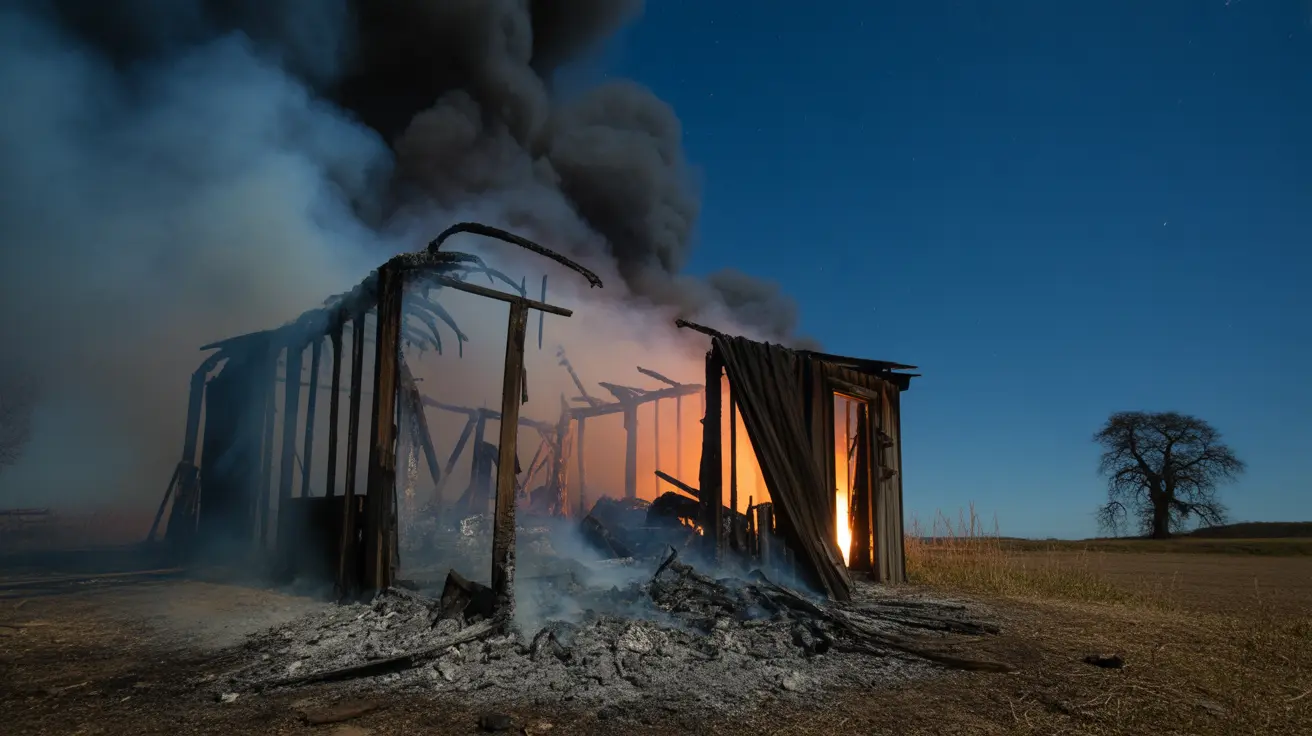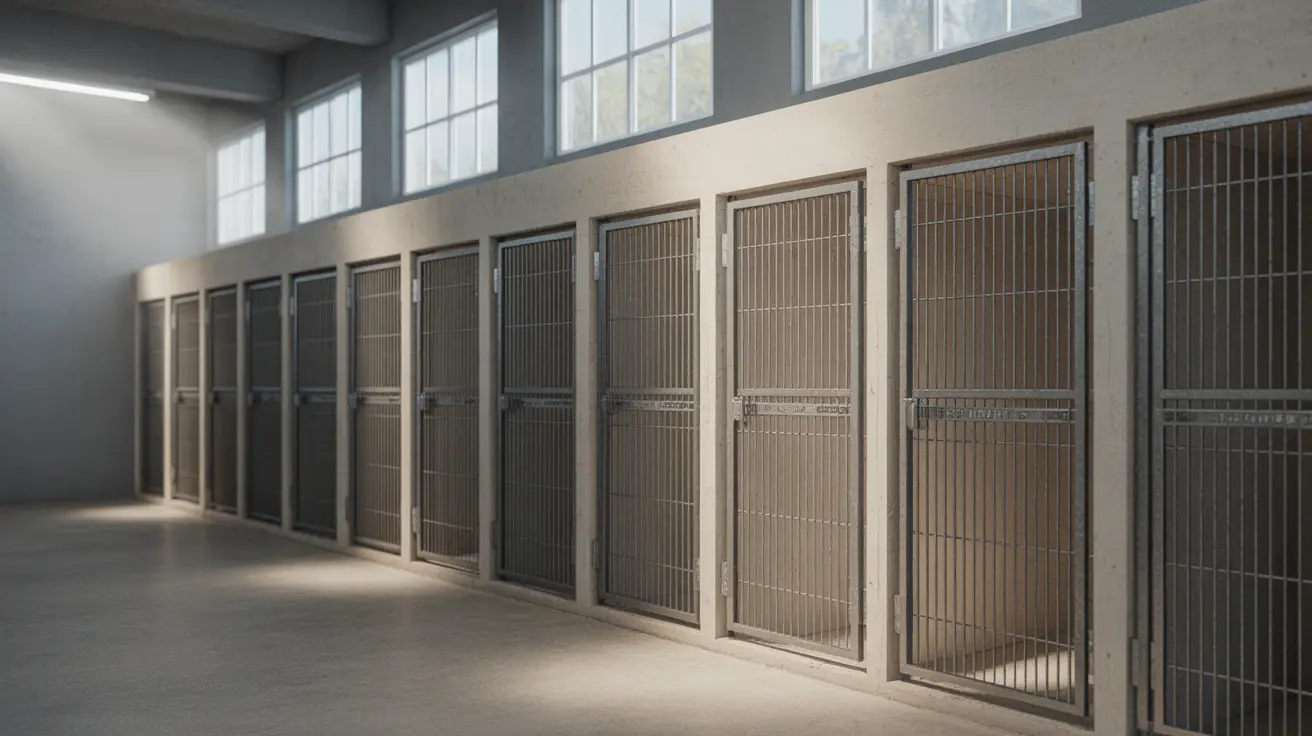A devastating fire at a chicken coop in Catskill, New York, has highlighted the critical importance of farm animal fire safety and proper fire prevention measures. The Catskill Fire Company responded to a fully involved shed fire on Route 9W Friday night, where multiple farm animals tragically lost their lives, though over two dozen animals were successfully rescued from the blaze.
This incident serves as a sobering reminder for all pet owners and small-scale farmers about the vulnerabilities that exist in animal housing structures. The fire occurred at the home of one of the fire department's own firefighters, demonstrating that even those familiar with fire safety can face unexpected emergencies when it comes to protecting their animals.
Understanding chicken coop fire prevention and implementing proper safety measures can mean the difference between tragedy and successful animal rescue during emergencies. Every pet owner with backyard chickens or small farm animals should prioritize fire safety planning.
Heat Lamp Fire Risk and Safe Heating Alternatives
Many chicken coop fires stem from heating equipment, particularly heat lamps used to keep chicks warm during colder months. Traditional heat lamps pose significant fire risks due to their high temperatures and the potential for contact with combustible materials like bedding, feathers, or wooden structures.
Safer heating alternatives include radiant heat panels, ceramic heat emitters, and flat panel heaters specifically designed for poultry applications. These options provide necessary warmth while significantly reducing fire hazards compared to traditional bulb-style heat lamps.
Electrical Safety in Chicken Coops
Electrical issues represent one of the most common causes of barn and coop fires. Outdoor electrical systems face unique challenges from moisture, rodents, and temperature fluctuations that can compromise safety over time.
Proper electrical installation should include weatherproof outlets, GFCI protection, and regular inspection of all wiring and connections. Extension cords should be avoided in permanent installations, and any electrical work should be performed by qualified professionals familiar with agricultural electrical requirements.
Fire-Resistant Chicken Coop Materials and Construction
Building or upgrading coops with fire safety in mind can provide crucial extra time during emergencies. Metal roofing materials, proper ventilation systems, and maintaining clear spaces around structures help prevent fire spread and provide better access for emergency responders.
Regular maintenance of coop structures, including removal of accumulated debris and ensuring proper clearances around heating equipment, forms the foundation of effective farm fire safety tips.
Emergency Evacuation Plan for Farm Animals
The successful rescue of over two dozen animals in the Catskill fire demonstrates the value of quick action and preparation. Every farm animal owner should develop and practice an emergency evacuation plan that includes multiple exit routes, designated safe gathering areas, and emergency contact information for veterinary care.
Consider installing smoke detectors for coops in larger operations, and ensure that emergency equipment like fire extinguishers are properly maintained and easily accessible. Family members should know the location of all animals and have assigned responsibilities during emergencies.
Farm Fire Safety Tips for Prevention
Regular safety inspections should focus on potential ignition sources, proper storage of flammable materials, and maintaining clear access routes for emergency vehicles. Keep hay, bedding, and other combustible materials stored away from electrical equipment and heating sources.
Establishing relationships with local emergency responders and ensuring they know about your animals can improve response times and rescue effectiveness during critical situations.
Frequently Asked Questions
How can I prevent a fire in my chicken coop or small farm shed?
Focus on proper electrical installation with GFCI protection, use safer heating alternatives to traditional heat lamps, maintain clear spaces around all equipment, and conduct regular safety inspections. Remove debris buildup and ensure proper ventilation throughout the structure.
What are the safest heating options for keeping chicks warm without risking a fire?
Radiant heat panels, ceramic heat emitters, and flat panel heaters designed for poultry provide warmth with significantly lower fire risk than traditional heat lamps. These options maintain safe surface temperatures and reduce the chance of igniting bedding or other materials.
What steps should I take to create an emergency evacuation plan for my farm animals?
Map multiple exit routes, designate safe gathering areas away from structures, assign family member responsibilities, maintain updated animal counts and locations, and establish relationships with local emergency responders. Practice your plan regularly and keep emergency supplies readily available.
Conclusion
The tragic loss of farm animals in the Catskill fire underscores the urgent need for comprehensive fire safety planning in all animal housing situations. While over two dozen animals were successfully rescued, this incident reminds us that prevention remains our most powerful tool in protecting the animals we care for.
Every chicken coop fire prevention measure implemented today could save lives tomorrow. Take time to assess your current setup, implement safer heating solutions, and develop a thorough emergency plan that prioritizes both animal safety and human safety during crisis situations.






